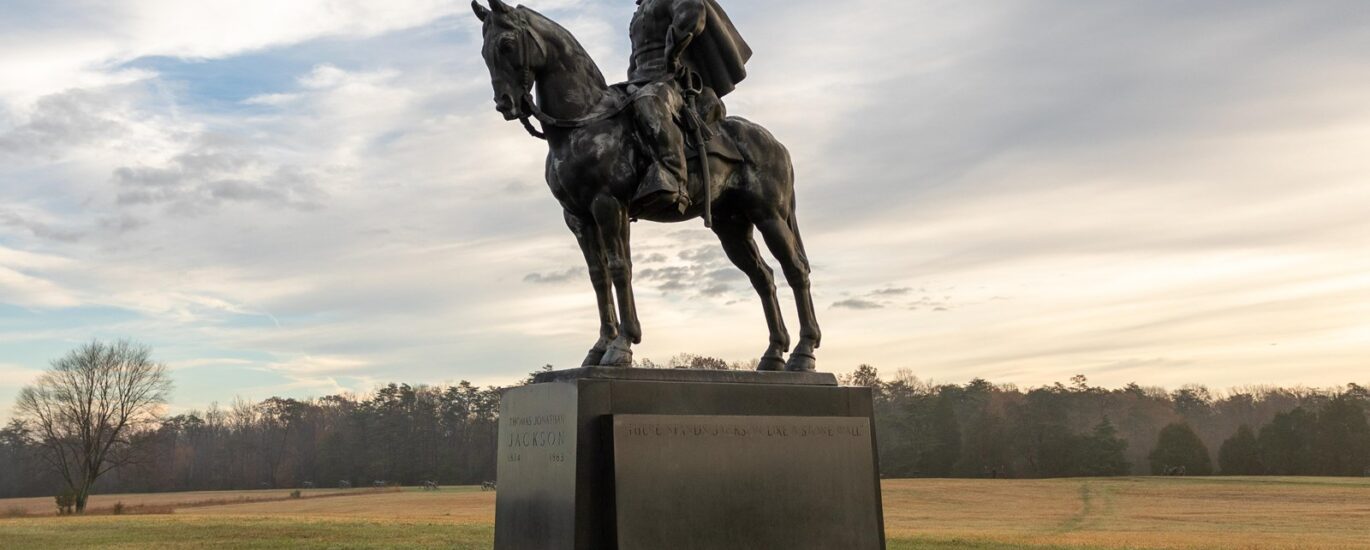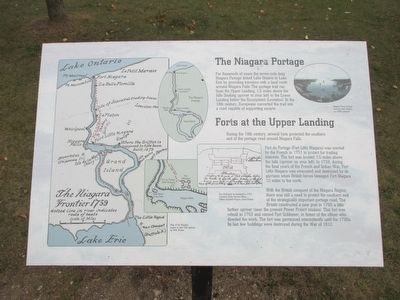Welcome to the Jackson Monument, a place steeped in history and transformation over the centuries. The monument is a tribute to Andrew Jackson, the seventh President of the United States, whose life and legacy have sparked both admiration and controversy.
Andrew Jackson was born in 1767 in the Waxhaws region, which was disputed between North and South Carolina. His early life was marked by turbulence, as he was captured by the British during the American Revolution. These experiences instilled in him a lifelong disdain for the British and a fierce independence.
Known as a war hero for his role in the Battle of New Orleans during the War of 1812, Jackson’s military prowess propelled him into the national spotlight. This victory was decisive and it helped secure his reputation as a protector of American soil, eventually leading to his presidency in 1829.
Jackson’s presidency was notable for his implementation of the Indian Removal Act of 1830, which led to the forced relocation of Native American tribes, known as the Trail of Tears. This decision remains a deeply controversial aspect of his legacy.
The Jackson Monument itself reflects the complexities of his life. While it stands as a testament to his role in shaping early America, it also serves as a reminder of the challenging and often painful aspects of that history.
As you stand here, consider the broader historical context. Jackson was a key figure in the era of Jacksonian Democracy, which emphasized greater democracy for the common man. This period saw the expansion of voting rights to all white men, breaking the elite’s hold on political power.
The monument has seen changes over the years, reflecting shifts in societal values and historical interpretation. It invites visitors to ponder the multifaceted legacy of Andrew Jackson, a man who left an indelible mark on American history.



